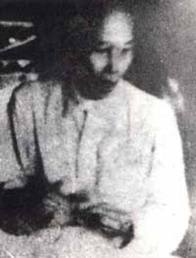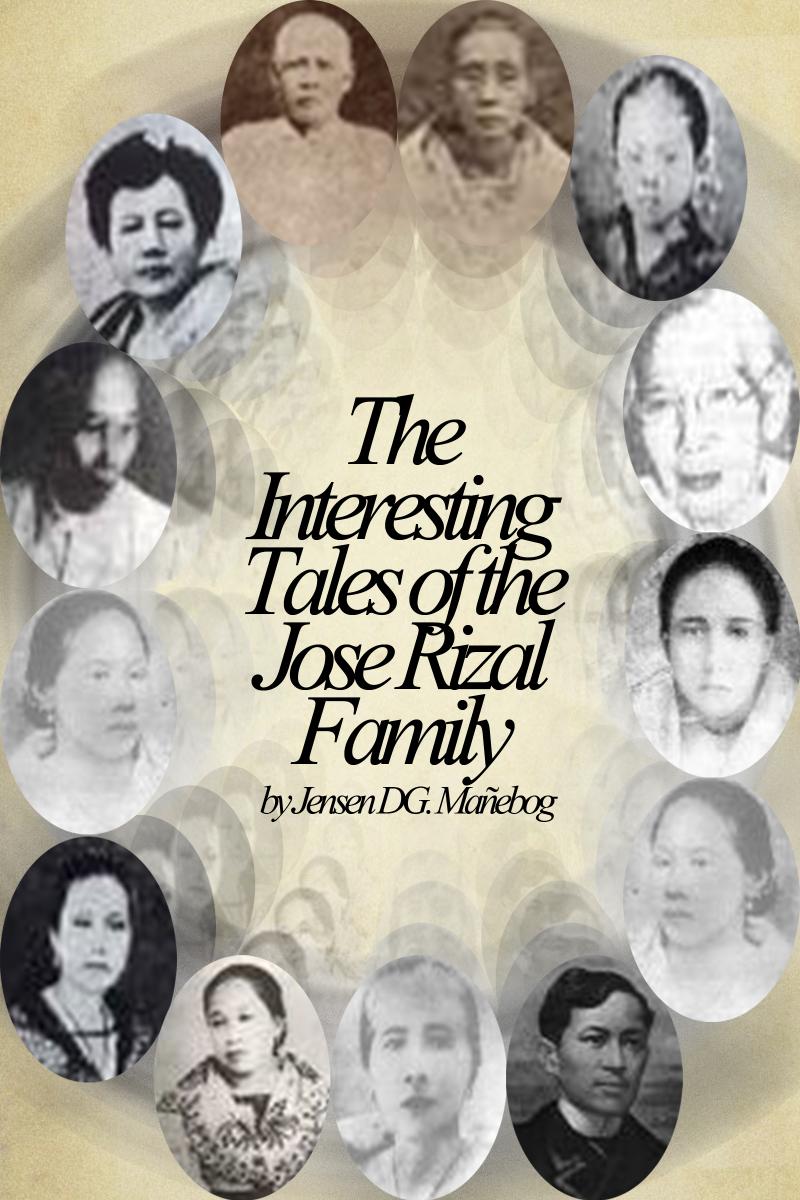Sponsored Links
Paciano Rizal: Pinoy Hero's Big Brother
 © 2013-present by Jensen DG. Mañebog
© 2013-present by Jensen DG. MañebogPaciano Rizal Mercado y Alonso Realonda was born on March 7, 1851 in Calamba, Laguna. According to Filipino historian Ambeth R. Ocampo, Paciano was fondly addressed by his siblings as ‘ñor Paciano,’ short for ‘Señor Paciano’. The 10-year older brother of Jose studied at San Jose College in Manila, became a farmer, and later a general of the Philippine Revolution.
Had Paciano owned a Facebook account and you were his friend, you would not be entertained that much by looking at his photo albums. Paciano had only two known pictures—one is a ‘stolen shot’ by a nephew during a family reunion, and the other, taken posthumously, of his corpse.
A descendant explained that Paciano—unlike his brother who even frequented photo studios for his pictures—did not want to be photographed. The reason was that “he was a wanted man in the past and if there were no photographs of him, then it would be hard for the authorities to arrest him. He could walk everywhere without being recognized” (Ocampo, p. 43).
According to his grandchildren, Paciano had a very fair complexion and rosy cheeks. His descendants were quick to add that their lolo was more handsome than the national hero, and much taller, about 5’7” to 5’9. (Related: Jose Rizal Height)
“When he died and the body was brought to the funeraria, his feet stuck out of the coffin, which was too small for him” (as quoted in Ambeth Ocampo, p. 43). (Related: Jose Rizal Family Tree)
This description though was neither relative nor one-sided, for it was confirmed by Jose Rizal himself. In a letter to Blumentritt, he wrote: “[Paciano] is more refined and serious than I, taller, more slender, and fairer in complexion than I with a nose that is fine, beautiful and sharp pointed, but he is bow-legged” (as quoted in Ambeth Ocampo, p. 43). (READ: The Colorful Love Affairs of Dr. Jose Rizal)
Paciano, Burgos, and the Gomburza
When Jose was about to study in Manila, Paciano was studying at the College of San Jose, living and working with his teacher Dr. Jose Burgos, a dignified and courageous Filipino priest.Jose Burgos, just like some other Filipino priests that time such as Mariano Gomez and Jacinto Zamora, was seeking reform within the Catholic Church.
Promoting equal rights for Filipino and Spanish priests in the country and advocating the secularization of local churches, they openly denounced the practice of throwing Filipino priests out of their churches to make place for Spanish friars.
The Spanish priests took advantage of the mutiny by workers of the Cavite Arsenal in 1872 to get rid of Gomez, Burgos, and Zamora. They were falsely blamed for having stirred up the mutiny, court-martialed, and convicted. Later known in history as the Gomburza, an acronym denoting their surnames, all threewere executed on February 17, 1872 at Bagumbayan by having the garrote screwed into the backs of their necks until the vertebrae cracked.
On his part, Paciano was prevented from taking his final examinations because of his known connection with Burgos and for denouncing the injustice and abuses against Filipinos.
Paciano and the Spanish authorities
Paciano Rizal grew up being exposed to the exploitation of the Spanish clergy and colonial government.
Because of his relationship with Burgos, Spanish authorities had put him in the ‘watch list’ long before Jose was spied on by officials. And even before Jose experienced to be exiled, Paciano had already gone through deportation to Mindoro in 1890 to 1891 for fighting for the rights of Calamba farmers.
Paciano deliberately exhibited a firm character in the face of the abusive Spanish colonizers. It is said that he once went to the Dominican estate house in Canlubang and was made to wait for a long time before the friars at last attended to him. Some months later, he let those friars experience the same thing when they went to his place to buy a reputedly good horse. (READ: Jose Rizal's Collaborations with Other Heroes)
In November 1896, Paciano was arrested while Jose was in FortSantiagoprison. To extract evidence for Jose’s involvement in the revolution, Paciano was subjected to tortures for two agonizing days. Two officers took turns in thrashing him and crushing his fingers using thumbscrew. Hanged by the elbows and raised several feet, he was dropped repetitively until he lost consciousness.
But never did he sign any document that could incriminate his brother to any charge. Paralyzed for days, it is said that Paciano never completely recuperated from that torment ... continue reading
Read: Being Jose’s second father
Read: The Revolutionary Paciano
Read: Paciano chose to live a quiet life
© 2013-present by Jensen DG. Mañebog
RELATED ARTICLES:
SATURNINA RIZAL: The Hero's Second Mother
Rizal's Life, Works, and Writings: An Online Syllabus and Articles
Jensen DG. Mañebog, the contributor, is a book author and professorial lecturer in the graduate school of a state university in Metro Manila. His unique affordable e-books on Rizal (available online) comprehensively tackles, among others, the respective life of Rizal’s parents, siblings, co-heroes, and girlfriends. (e-mail: jensenismo@gmail.com)
NOTE
To leave comments, click first the ‘Like’ button above (if you have not clicked yet).
Use the 'Share' button below or the ‘Send’ button above to invite friends to read this article.
TAGS: Jose Rizal, Paciano Mercado Rizal, Rizal's Brother/Sibling/Kuya, History, Philippine Studies, Filipino Heroes; Paciano Rizal: Pinoy Hero's Big Brother
Try our SEARCH ENGINE (upper right section) for your RESEARCH and other interesting entries.





